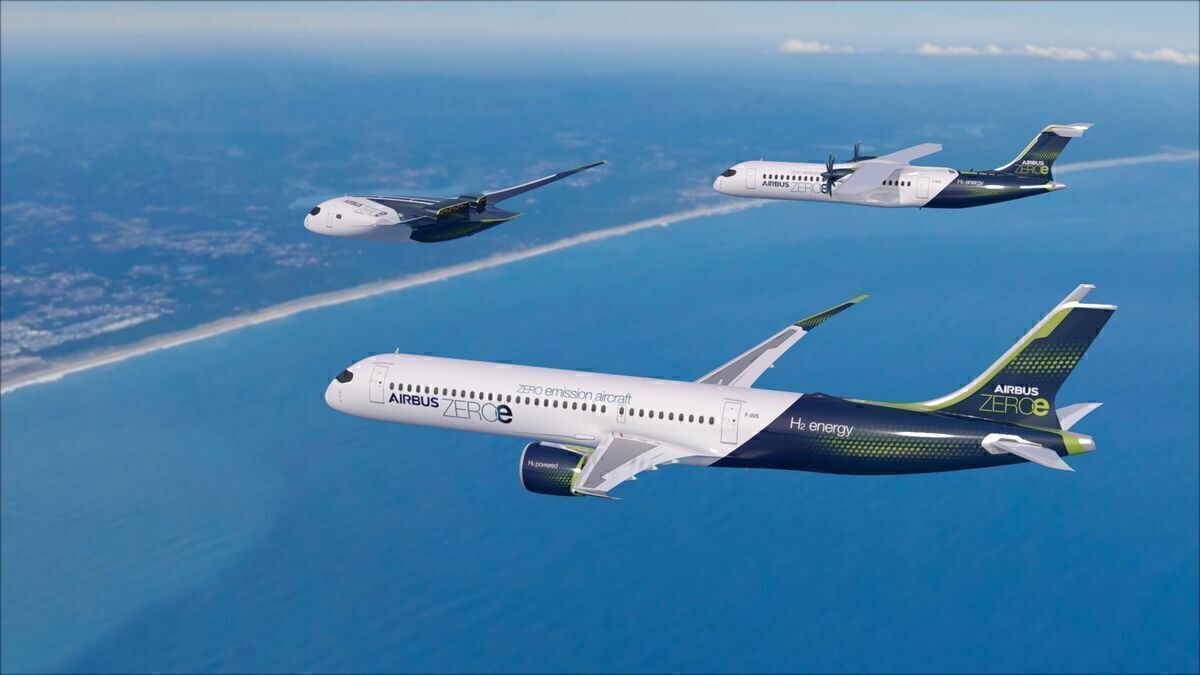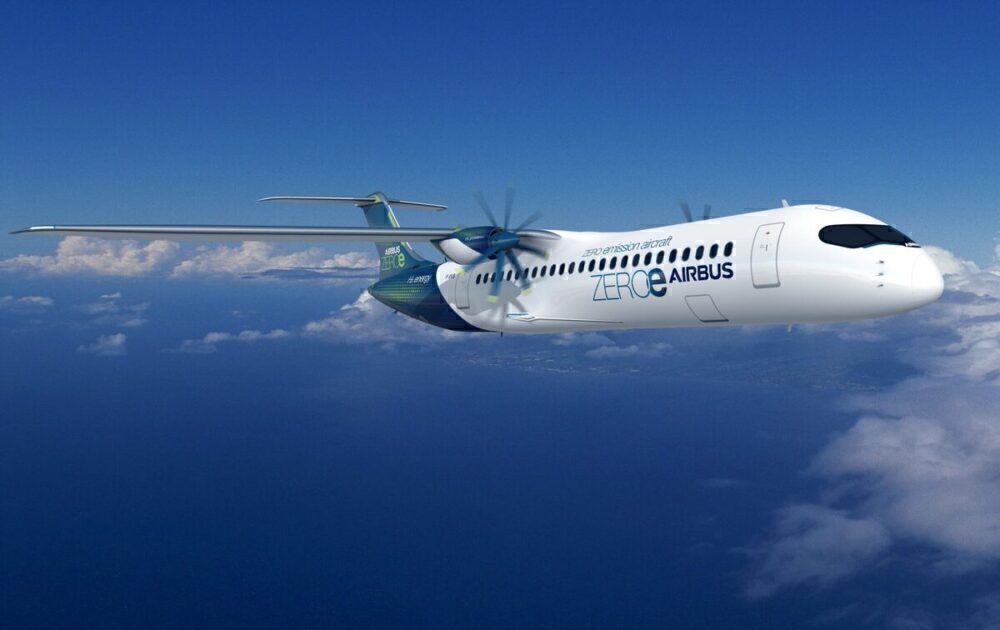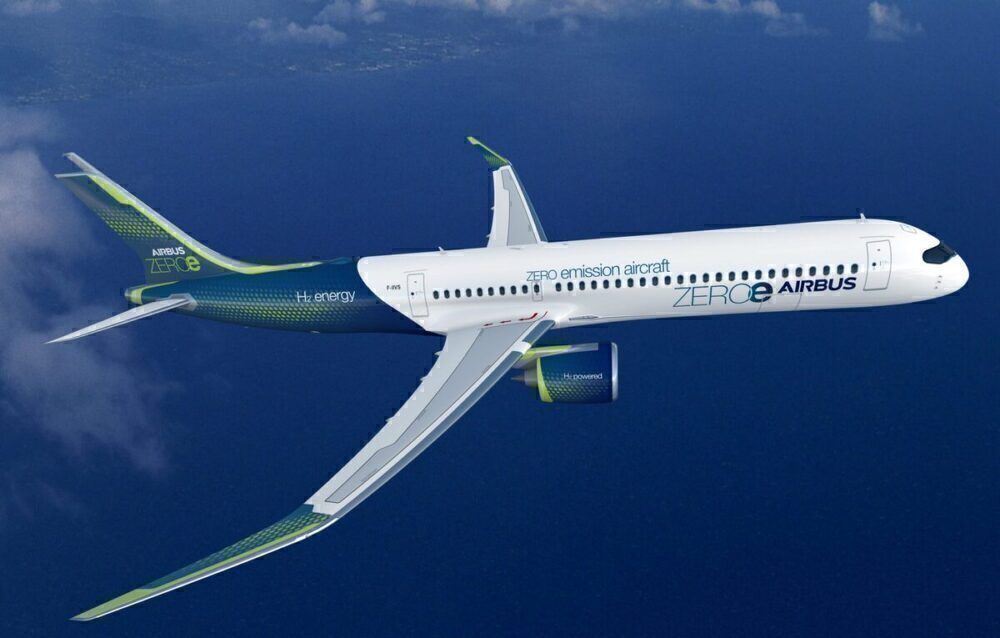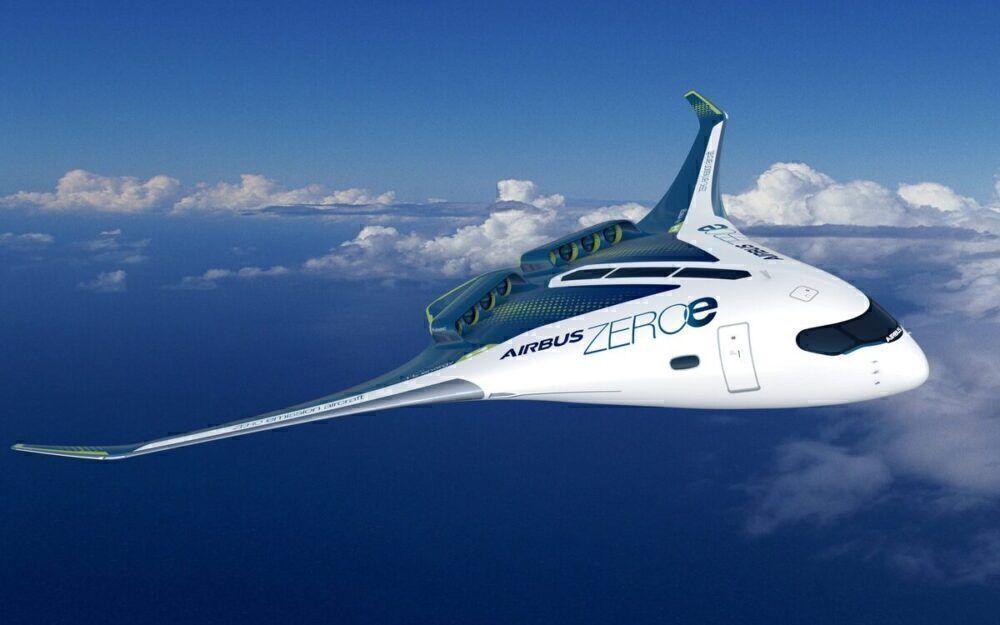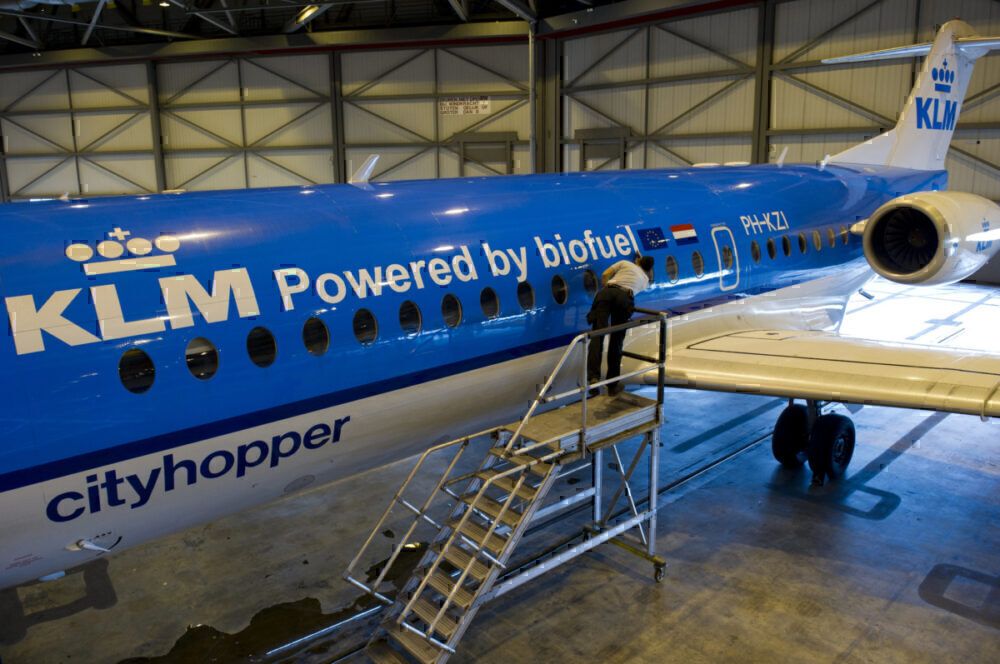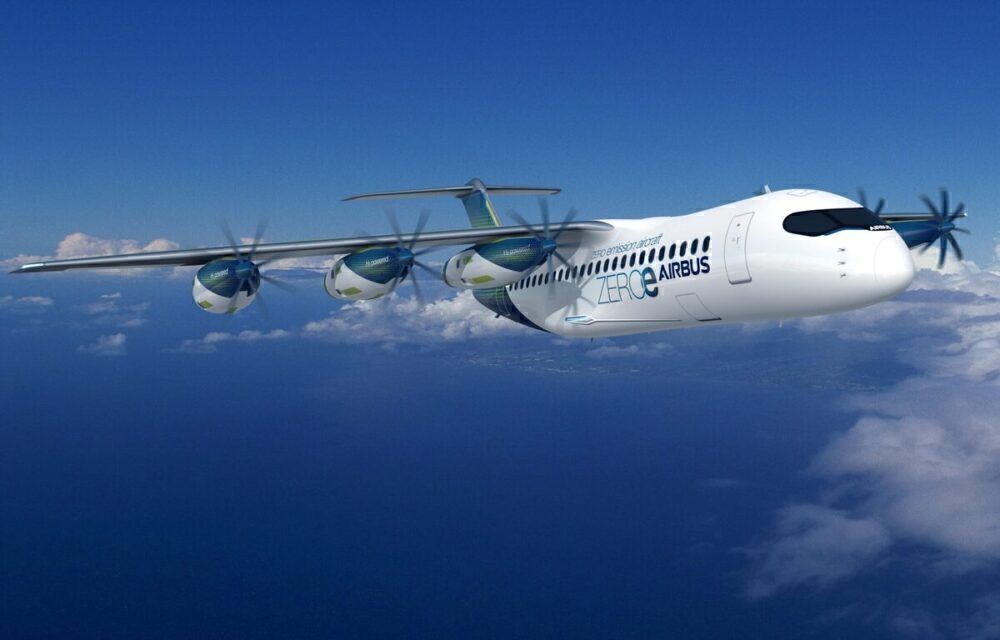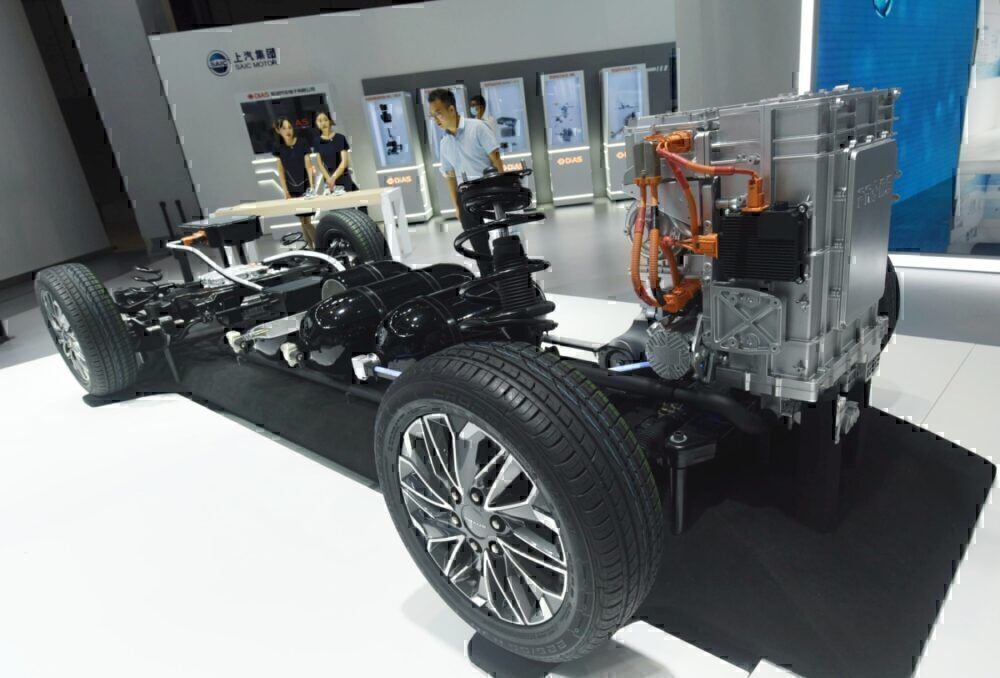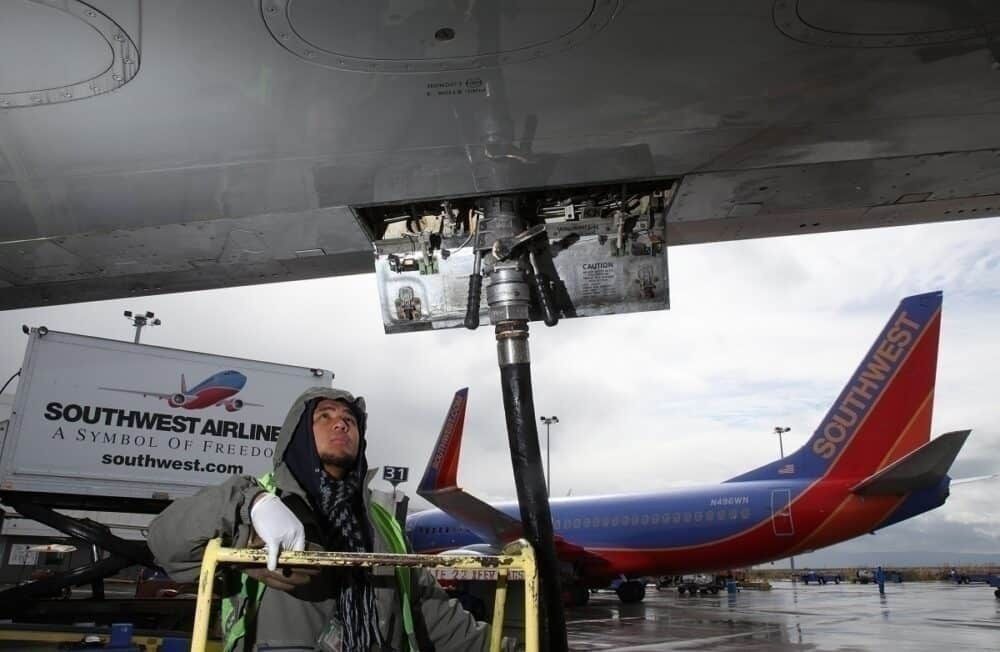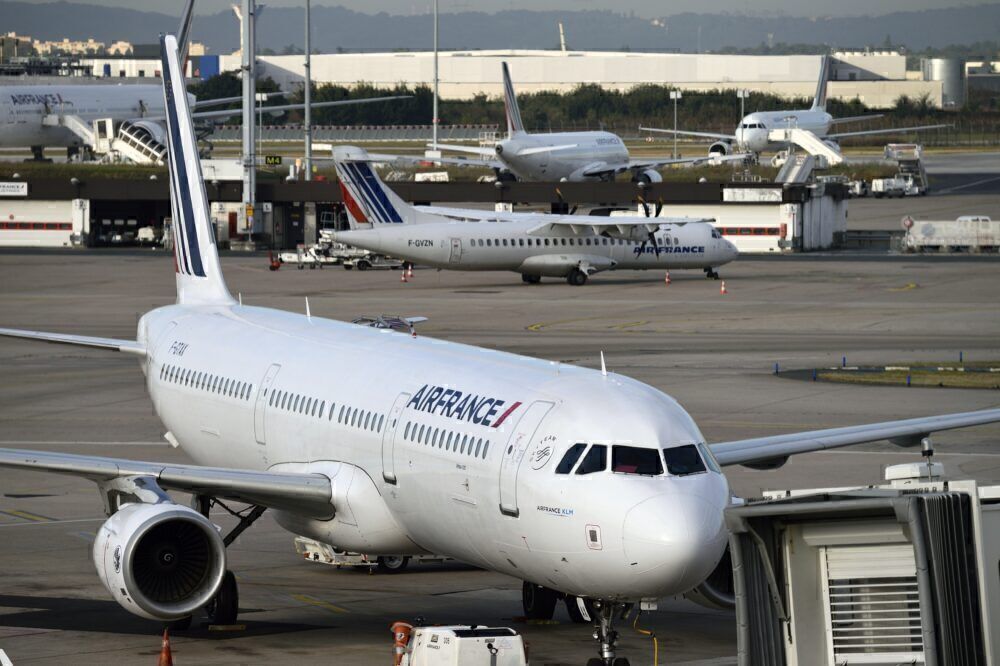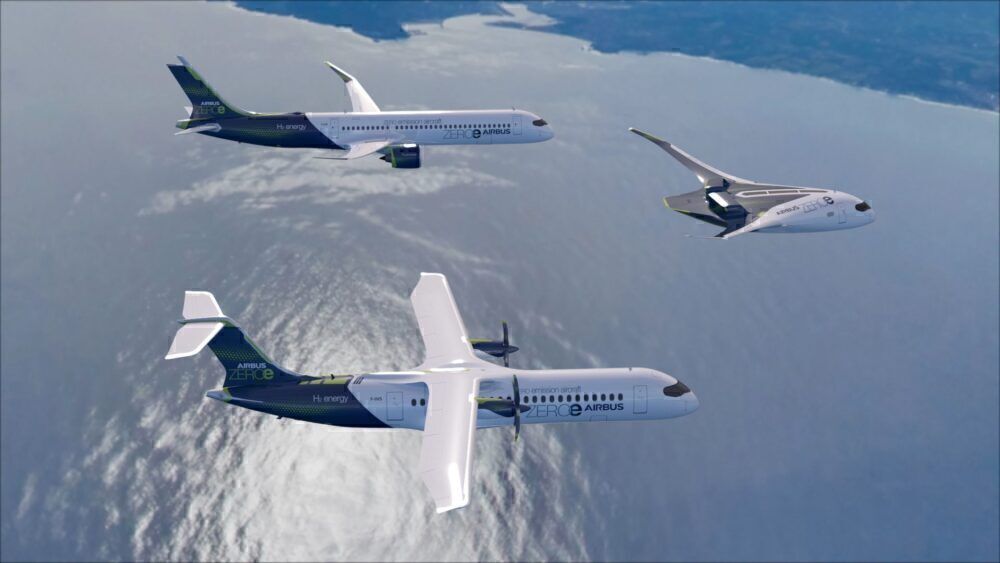Airbus released a proposal for a series of zero-emission aircraft in late 2020. These could set Airbus apart as a leading manufacturer in this arena, but there is still much work to be done. Airbus has since revealed more about its plans, its commitment to hydrogen and its timetable for development. This article takes a look at what we know so far.
Airbus zero-emission aircraft
Airbus has ambitious plans for three new aircraft that could fly with net-zero emissions. These plans were released in September 2020 - fittingly to mark zero-emissions day. Airbus aims to have the first of these aircraft in service by 2035.
It has proposed three aircraft concepts, each based on a hydrogen fuel source. These are named ZEROe. Alongside aircraft and engine design and technology, Airbus is embarking on a much wider project to make the concept of hydrogen power and zero emissions economically viable.
Airbus Chief executive Guillaume Faury explained Airbus's ambition in a statement at the time of the launch. He said:
“This is a historic moment for the commercial aviation sector as a whole and we intend to play a leading role in the most important transition this industry has ever seen. The concepts we unveil today offer the world a glimpse of our ambition to drive a bold vision for the future of zero-emission flight. I strongly believe that the use of hydrogen – both in synthetic fuels and as a primary power source for commercial aircraft – has the potential to significantly reduce aviation’s climate impact.”
Three aircraft designs
Three different aircraft designs have been proposed. The first two of these look very much like existing narrowbody aircraft, but the design would be altered to accommodate additional storage for hydrogen. The third is a new design optimized for hydrogen use.
Regional Turboprop. The first concept is a smaller regional aircraft with a capacity of 100 passengers. This will offer a range of just 1,000 nautical miles, with modified gas turbine engines.
Turbofan narrowbody. The second, larger concept is for a 120-200 capacity aircraft with a range of up to 2,000 nautical miles. This would use a modified turbofan jet engine. Additional hydrogen fuel would be stored at the rear of the fuselage, behind the rear bulkhead.
A new, blended wing design. The third proposed aircraft is a big step forward. This uses a blended wing design to increase the fuselage width, providing more options for hydrogen storage and distribution. It would offer a passenger capacity of around 200 but with a whole new cabin concept. No proposals have been released for the interior, but there is an opportunity for innovative cabins and extra features - or just dense multiple aisle seating.
Hydrogen rather than electric power
All three Airbus aircraft will be hydrogen-powered. We have often discussed the future of aviation fuel, with sustainable fuel, electricity, and hydrogen power as the main focus.
Sustainable fuel involves blending sustainable products into standard aviation fuel to reduce overall fossil fuel usage. Several airlines are now working with biofuels. Airbus is involved with this, of course, but these ZEROe aircraft will go further and replace the use of fossil fuels entirely.
Electric power has potential in aviation, but there is still a long way to go for large aircraft. Battery technology and weight, in particular, is a major limitation. There are several proposals for smaller aircraft, such as a partnership between Rolls-Royce and Norwegian airline Widerøe to develop electric commuter aircraft. And Honeywell is working on larger hybrid-electric concepts.
Hybrid approach to hydrogen use
For hydrogen-powered aircraft, hydrogen can be used in two ways:
- It can be used as a fuel source for fuel cells. Hydrogen reacts with oxygen to produce electricity (with heat and water as the by-products). This then powers the engine.
- Alternatively, hydrogen can be used directly as a fuel source in a modified engine.
Airbus is looking at both these methods for aircraft. It will likely take a hybrid approach, where hydrogen is used both directly as a fuel and via an electric fuel cell. Airbus previously released a proposal for a fuel cell-powered aircraft with podded engines. It hopes to confirm the selection of propulsion methods for development in 2022.
Developing use of hydrogen
Hydrogen use in aviation is currently in its early stages. Boeing flew the first hydrogen-powered aircraft in 2008. And ZeroAvia flew the world’s first hydrogen-powered commercial aircraft in 2020 - a converted six-seater Piper aircraft. It now plans to take this further and expand the range to 250 miles.
But going back much earlier, gas turbines have been used with hydrogen before on larger aircraft. The US Air Force flew B-57 aircraft with hydrogen fuel in the 1950s. And in the 1980s, Tupolev converted a Tu-155 aircraft to a hydrogen gas turbine. This worked, but at the expense of lots of the seats. Tupolev looked at hydrogen for the supersonic Tu-144, but this never happened.
The technology has been proven, but there is still a long way to go.
Working with other industries
Developing hydrogen technology is going to be a key part of the Airbus program. An important assumption being made is that its price will lower over time as usage expands. Several industries use or are studying the use of hydrogen - including automotive, trucking, rail, and shipping.
We know a few things so far about how Airbus is approaching this development:
- Aviation needs to adopt liquid hydrogen as a fuel source rather than as a high-pressure gas. Airbus is working with other industries (in particular trucking and shipping) on the benefit of moving straight to this for less overall investment.
- Technology is coming not just from aviation but also space, energy, and automotive industries. Airbus is looking at ways to work with these sectors to improve these technologies for all sectors. It has highlighted that this multi-industry use is key to making hydrogen work for aviation.
- It has already formed a joint venture with German automotive company ElringKlinger. This will look at adapting automotive fuel cells for use in aviation with results fed back into that industry.
Developing airport Infrastructure
One major limitation of hydrogen is its adoption by airports. It is one thing to design an aircraft that can be powered by and store hydrogen. It is another to have a global infrastructure that supports it. This has often been cited as one of the major limitations of hydrogen use.
Where would the first commitment come from? For airlines to make significant investments, they will want guarantees that aircraft can be used at many airports. And to invest in the fueling infrastructure required, airports will want to know airlines will use it.
Airbus is committed to its zero-emission development, not just as a technical exercise to prove it can be done, but as a full plan for use and viability. With this, it is already looking at how aircraft could be rolled out with just limited airport availability - but still allowing a large number of flights.
Paris as a first airport?
In early 2021, Airbus announced a potential plan to make Paris a 'hydrogen' hub. Together with Air France-KLM, Groupe ADP, and the Choose Paris Region agency, it is seeking proposals from companies for hydrogen storage, transportation, and distribution at Paris airports. It is also interested in wider use in other airport operations.
Jean-Brice Dumont, Executive Vice President Engineering at Airbus, explained the importance of this, saying:
“Airbus is determined to drive a bold vision for the future of sustainable aviation and to lead the transition to zero-emission commercial flight. Hydrogen is the one of the most promising technologies that will help us meet that objective – but we won’t be able to do it alone. This revolution will also require our regulatory and infrastructure ecosystems to change worldwide.
“Airports have a key role to play in enabling that transition, starting today, and we hope that this open innovation initiative will foster the development of creative projects and solutions.”
Timeline for the new aircraft
Airbus shared more details of its anticipated timescale at a recent CAPA Center For Aviation event. Its plan is to have the first aircraft in service by 2035 - but this will most likely not include the third blended wing concept aircraft.
It has suggested the following indicative schedule for development:
- September 2020: Program launch
- 2022: Technology readiness level three (proof of concept) and selection of propulsion system
- 2024 - 2025: Product launch, with the selection of final design to move forward
- 2035: Entry into service of the first aircraft
The move to reduce emissions presents a lot of opportunities, and challenges, for manufacturers and airlines. Do you think Airbus' ZEROe approach is the right one? Which direction do you think development will head? Feel free to share your thoughts in the comments.

